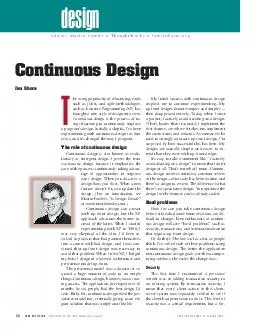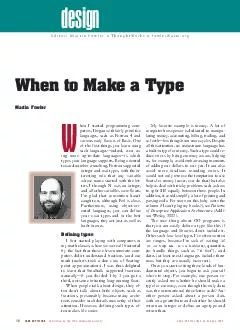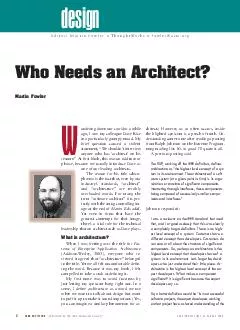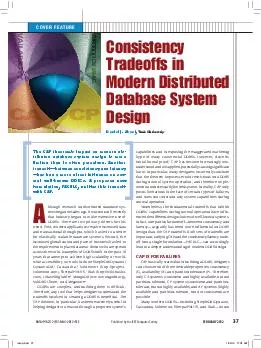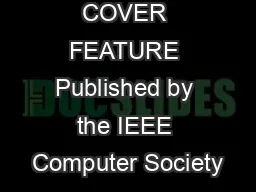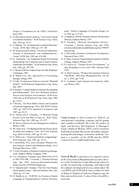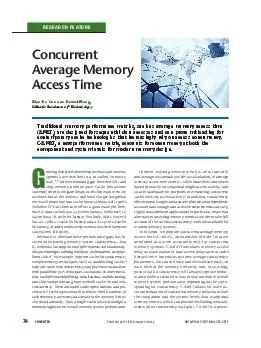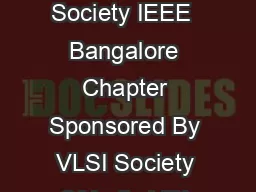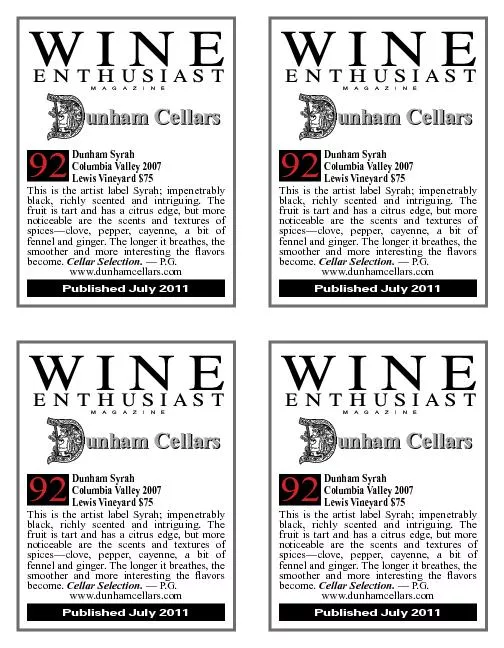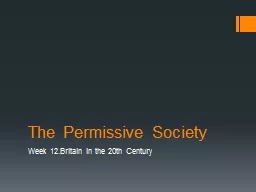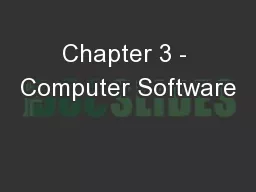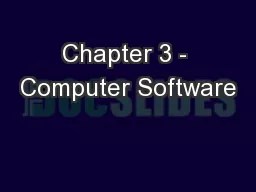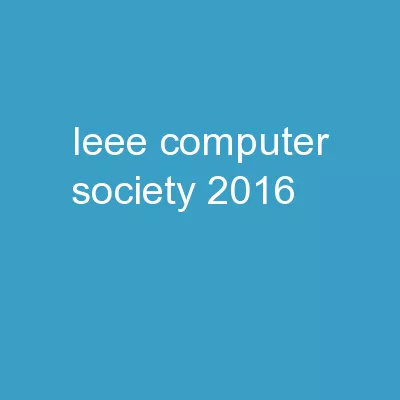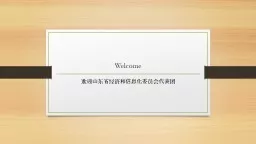PDF-IEEE SOFTWARE Published by the IEEE Computer Society
Author : min-jolicoeur | Published Date : 2014-10-29
00 57513 2004 IEEE design Editor Martin Fowler ThoughtWorks fowleracmorg he rising popularity of refactoring tools such as JUnit and agile methodologies such as
Presentation Embed Code
Download Presentation
Download Presentation The PPT/PDF document " IEEE SOFTWARE Published by the IEEE Com..." is the property of its rightful owner. Permission is granted to download and print the materials on this website for personal, non-commercial use only, and to display it on your personal computer provided you do not modify the materials and that you retain all copyright notices contained in the materials. By downloading content from our website, you accept the terms of this agreement.
IEEE SOFTWARE Published by the IEEE Computer Society : Transcript
Download Rules Of Document
" IEEE SOFTWARE Published by the IEEE Computer Society "The content belongs to its owner. You may download and print it for personal use, without modification, and keep all copyright notices. By downloading, you agree to these terms.
Related Documents

